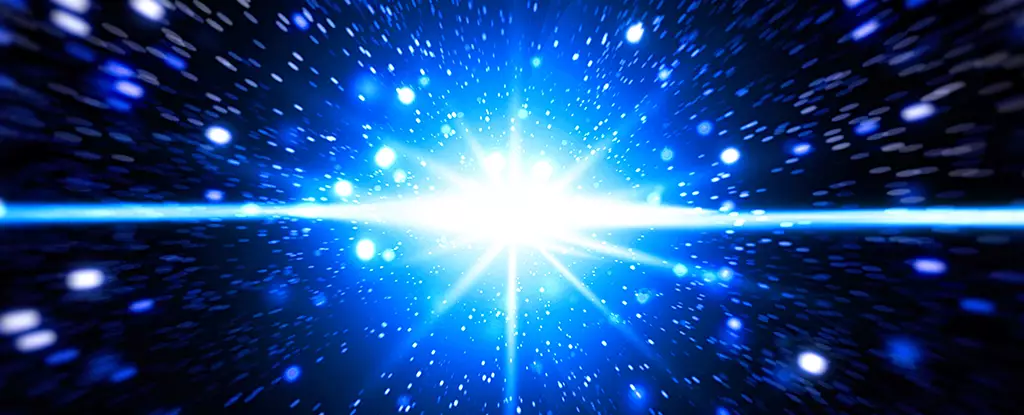Fast Radio Bursts (FRBs) present one of the most intriguing phenomena in contemporary astrophysics, captivating researchers with their intense and transient bursts of radio waves that last mere milliseconds. The enigmatic nature of these signals raises numerous questions regarding their origins and the astronomical environments from which they arise. Recent findings have begun to shed light on these cosmic radio emissions, suggesting that the mechanisms behind their generation could be far more complex than previously considered.
Fast Radio Bursts were first discovered in 2007, and since then, over a hundred occurrences have been documented. While scientists hypothesize that these bursts are predominantly linked to magnetars—neutron stars with extraordinarily powerful magnetic fields—the full breadth of their origins remains unresolved. Most FRBs are believed to come from galaxies beyond our own, yet a few have been detected within the Milky Way, allowing for closer examination of their sources.
A distinguishing characteristic of FRBs is their variability; some repeat while others do not. This distinctive feature discounts the theory that FRBs result from isolated cataclysmic events, such as supernovae, which cannot produce repeatable signals. The discovery of repeaters has provided new avenues for research, leading to opportunities for further observation and analysis of these intriguing signals.
Among the remarkable cases of repeating FRBs, one particularly striking incident was observed between February and June of a recent year. This repeating FRB allowed researchers to collect data across 21 distinct bursts. By utilizing a secondary observatory located 60 kilometers from the primary site, scientists were able to triangulate the origin of the signal, which was found to be 2 billion light-years away. This precise location revealed that the FRB emanated not from the galaxy’s central activity zone, where star formation typically occurs, but from its outskirts.
This observation sparks a compelling debate regarding the fundamental characteristics of the galaxy involved. The galaxy, which is more than 11 billion years old, is past its peak star-forming phase, indicating a surprising contradiction to the understanding that FRBs are linked to younger stellar phenomena. It begs the question: how could such an ancient neutron star, assumed to be inactive, produce these powerful radio bursts?
Traditionally, it has been posited that the intense magnetic fields of young magnetars generate FRBs, likely through processes akin to solar flares. This assumption relies heavily on the belief that neutron stars cool and become dormant over time. However, the findings suggest a potential re-evaluation of this paradigm. If FRBs can indeed originate from older neutron stars, it opens up a wealth of new hypotheses for scientists to explore.
One possibility that emerges from this discovery is that the FRB could be linked not directly to the aging galaxy itself but rather to a dense globular cluster that may be orbiting its fringes. Such clusters are known for their unique stellar dynamics, including frequent stellar mergers, which could lead to complex interactions among magnetars. It may be that the merging of magnetars produces the necessary magnetic reconnections and energy releases, generating the FRBs that we observe.
These revelations have profound implications for our understanding of the cosmic landscape. The notion that older neutron stars can produce FRBs introduces greater variety to the astrophysical processes thought to contribute to these enigmatic signals. The findings highlight the rich tapestry of interactions within galaxies, challenging researchers to continue exploring the myriad elements that can lead to the formation of such phenomena.
As tools for observation and data collection improve, it is likely that we will gain further insights into the mechanics of FRBs. Understanding their origins not only sheds light on the life cycles of stars but also provides glimpses into the broader mechanisms that govern galactic evolution. The journey to decode the mysteries surrounding fast radio bursts is far from over, and each new discovery serves to deepen our understanding of the universe.

